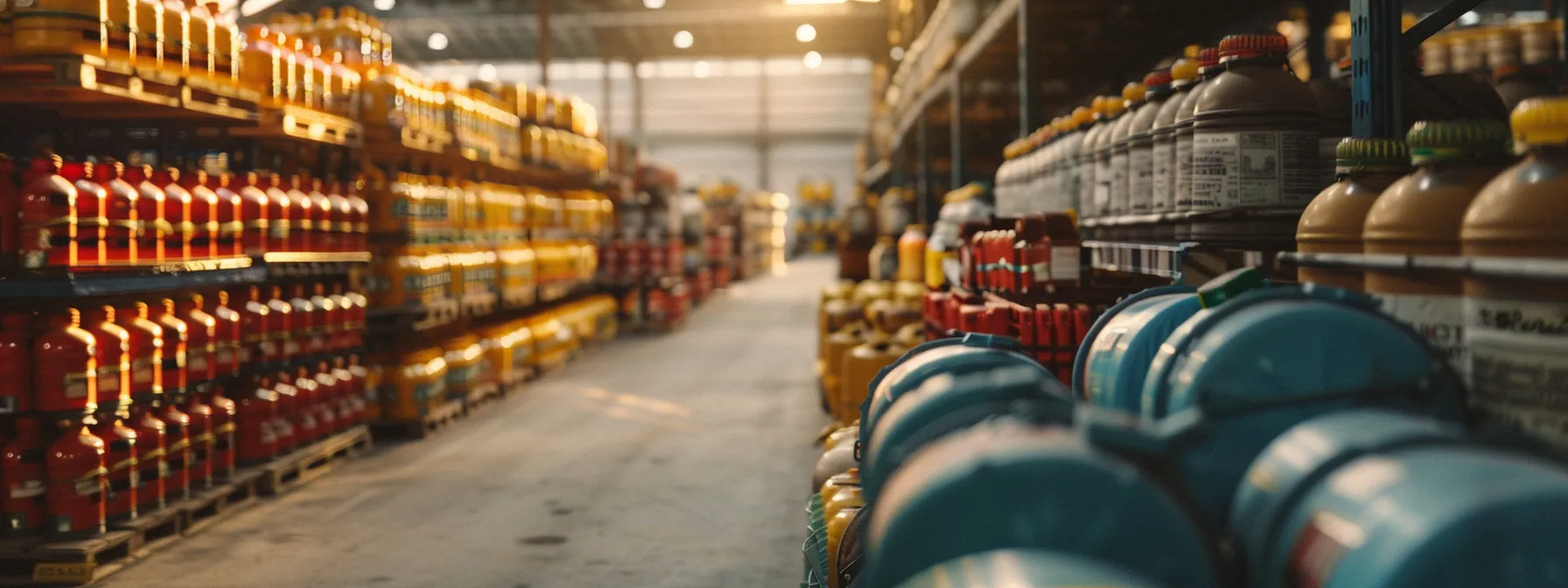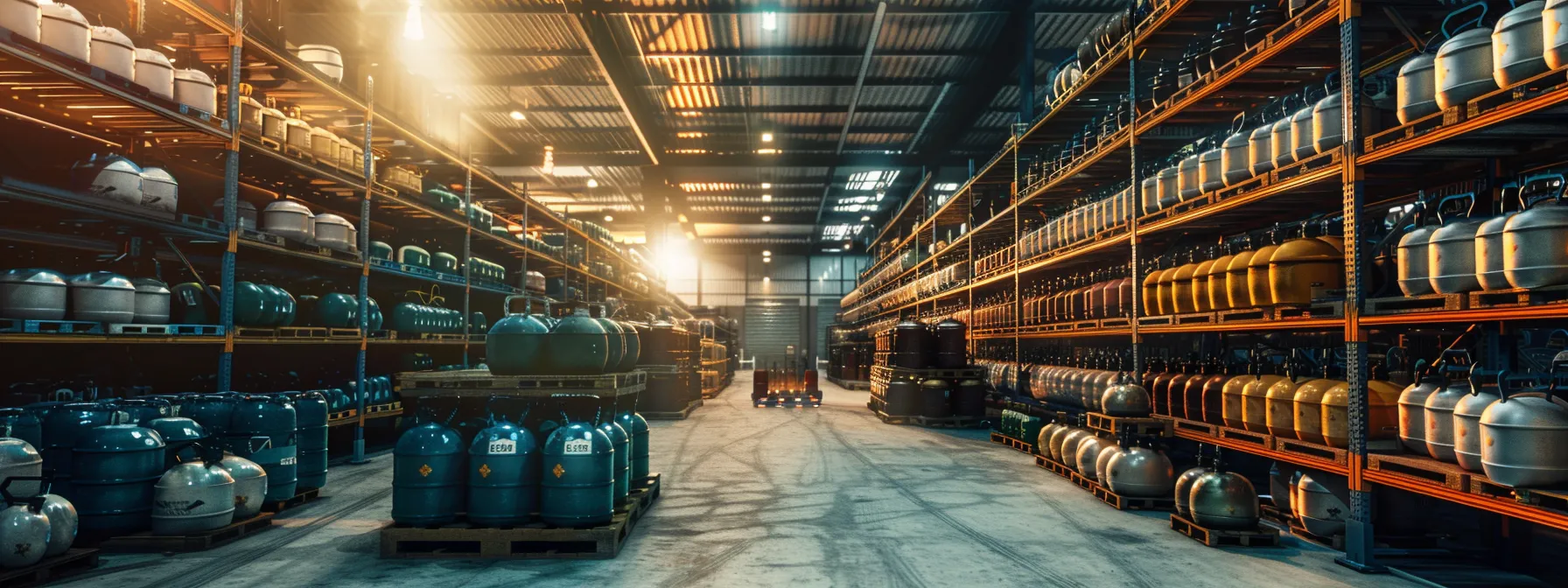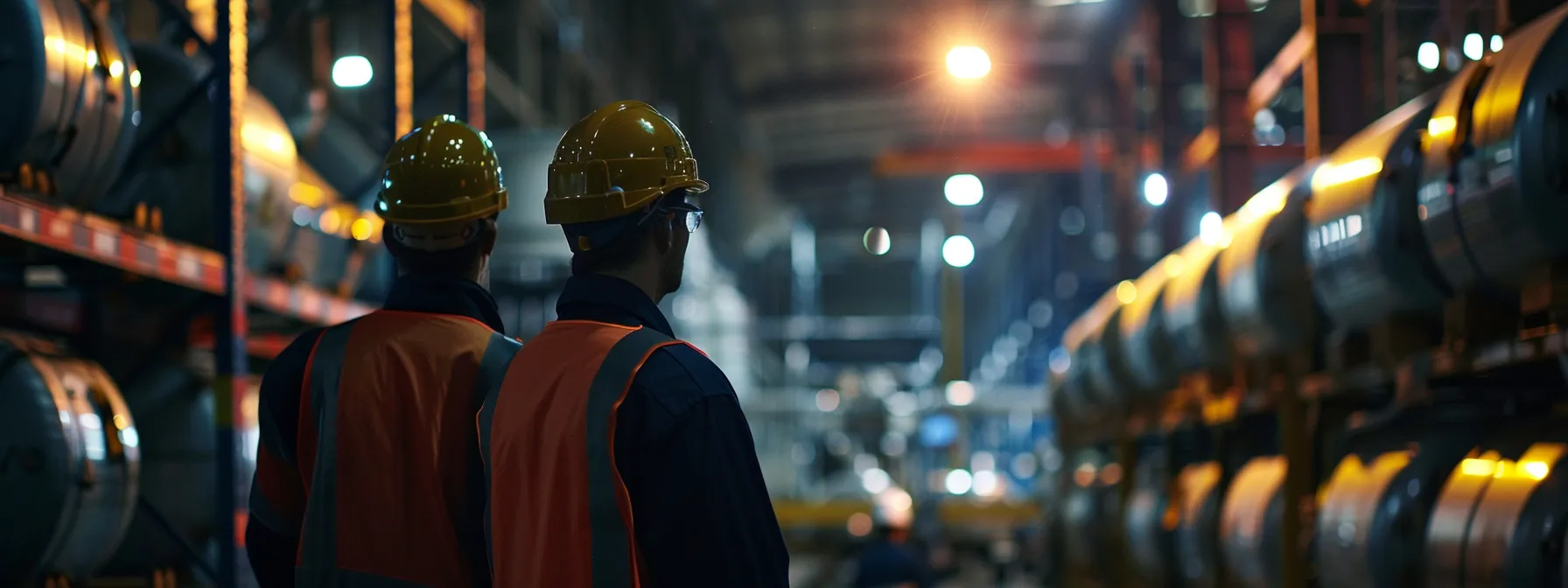Streamline Your Gas Logistics With a Smart Industrial Gas Cylinder Tracking System
In the rapidly evolving industrial sector, the efficient management of gas cylinders has become paramount. Companies are continuously seeking ways to improve their supply chain and ensure that gas logistics are as efficient as possible. You can streamline your gas logistics with a smart industrial gas cylinder tracking system. With technological advancements in tracking software and hardware, industrial gas cylinder management can be revolutionized. Below, we explore the benefits and best practices in harnessing these dynamic tools for better operational performance.
Enhancing Operational Efficiency in Gas Cylinder Management

Operational efficiency in industrial gas management hinges on the ability to monitor and control the flow of cylinders throughout their lifecycle. This involves knowing when cylinders are filled, delivered, returned, and maintained. A smart tracking system enhances this process by providing a precise overview of each cylinder’s journey, helping to eliminate bottlenecks and streamline operations.
Managers can identify trends and patterns with thoughtful analysis of the data collected by the tracking system. This may lead to better forecasting of demand and more efficient allocation of resources. For instance, during periods of high demand, businesses can ensure adequate supply without overstocking, thus preventing capital from being tied up in surplus inventory.
The system can potentially minimize the risk of theft and loss through its tracking capabilities. Knowing the last recorded location of a cylinder before it went missing can significantly narrow down the search area and aid in retrieval. Additionally, it holds employees accountable for the handling of each cylinder, which can deter potential theft or misplacement.
Leveraging Technology for Real-Time Cylinder Tracking and Data Analysis
Utilizing cutting-edge technology is at the heart of any smart tracking system. Real-time tracking enables immediate access to information about a cylinder’s location and status, providing critical insights into the supply chain. The technology can alert users to deviations from expected patterns, such as delayed returns or abnormal usage rates, prompting timely intervention.
Integration with mobile devices further empowers staff to manage cylinder logistics on the go. Using smartphones or tablets, employees can scan cylinders upon pickup, delivery, or return, updating the central system instantaneously. This mobility gives rise to a more dynamic and responsive management style that aligns with contemporary business practices.
Data analysis tools embedded within a tracking system can transform raw data into actionable insights. Predictive analytics can anticipate future trends, helping businesses prepare for periods of increased cylinder demand. By analyzing historical data, the system can also aid in identifying inefficiencies, such as underutilized assets or bottlenecks in distribution.
The Role of Radio-Frequency Identification (RFID) and the Internet of Things (IoT) in Optimizing Gas Supply Chains

RFID and the IoT are technologies pivotal to modern tracking systems. RFID uses electromagnetic fields to automatically identify and track tags attached to cylinders, requiring minimal human intervention. This technology streamlines the process of checking cylinders in and out of facilities, warehouses, or customer sites.
The IoT, on the other hand, involves the interconnection of devices over the internet, allowing them to send and receive data. When applied to cylinder tracking, IoT-enabled devices can monitor a wide range of variables, such as pressure levels and ambient temperature, alongside location data. This provides a comprehensive overview of not just where a cylinder is but also its readiness for use.
Together, RFID and IoT technologies create a network of smart devices that communicate seamlessly with each other and with centralized databases. This network enhances visibility throughout the supply chain, enabling predictive maintenance and just-in-time refilling strategies. With more accurate and timely information at their fingertips, businesses can greatly optimize their supply chain operations.
Best Practices for Implementing a Gas Cylinder Tracking System

Implementing a robust gas cylinder tracking system requires careful planning. Start by analyzing your current supply chain to identify key areas for improvement. This will help tailor the system to address specific challenges within your operations. It’s also important to engage with stakeholders to ensure that the system meets the needs of all users, from delivery personnel to management.
Investing in training is critical to ensure staff are competent in using the new system. Resistance to change is natural, but with thorough demonstrations and hands-on sessions, employees can quickly become advocates for the technology. The availability of ongoing support and resources can also ease the transition and promptly resolve any teething problems.
Altogether, a smart industrial gas cylinder tracking system can be transformative, boosting efficiency, safety, and compliance within complex gas logistics. Overall, by embracing such innovations, companies stand to gain a competitive edge, ensuring resilient and scalable operations in the face of ever-changing market demands.




